What is attrition, erosion, abrasion?
In addition to infections and tooth decay, there are as well other pathologies that may affect the teeth; these are: attrition, erosion, abrasion. The expression that would unite all four is ”tooth wear”.
Although all four highlight the same problem of worn down teeth however, they differ from each other in the causes of their appearance and the part of the tooth that is most damaged.
Below we will describes their particularities, by what they resemble and by what they differ. We will analyze as well the cause of their appearance and methods of solution.
Attrition
Unlike all other types, attrition is the most common way of tooth wear. Each of us is more or less affected by attrition. Attrition is manifested by tooth wear over the years, during chewing, while the others are caused by external agents, such as: acidic food, toothpaste abuse, aggressive brushing or sunflower seeds crushed in the mouth.
Attrition is very similar to abrasion. What sets them apart is the fact that attrition occurs on all teeth, while abrasion is common in the frontal group of teeth that have more contact with the outside objects.
Like all four types of abrasion, attrition occurs slowly over the years. However, in some people tooth wear occurs faster instead the attrition is more pronounced. This is due to the fact that several forms of abrasion combine, and the enamel becomes more prone to attrition.
The causes of attrition are:
- bruxism;
Jaw clenching during the night or in stressful and nervous situations lead to teeth grinding. - absence of chewing teeth;
The side teeth are used to chew food, and the front teeth are used to bite food. When chewing teeth are missing, their role in chewing falls on the front teeth. Thus, the front teeth are subject to greater pressure than normal, and therefore they will wear faster. - imprecise prosthetic works;
If some prosthetic works (crowns and bridges on teeth or implants) they do not have an ideal precision in relation to the opposite teeth (antagonists) will create some uneven contacts. The higher precontacts will overuse the dental tissue of the opposite teeth. - dysfunctions in occlusion.
Occlusion is the way we close our mouth, or the way the jaws close to each other. Normally, the correct occlusion is when we have contacts of the same intensity on the premolars and molars (chewing teeth), and in the frontal area the upper jaw slightly exceeds the lower jaw. In the case of occlusion dysfunctions, the contacts between the teeth are unbalanced which could lead to wear – to attrition.
The solutions to restore the lost tooth due to attrition are:
- composite restorations – photo polymeric material will be added in the areas where the tooth is damaged, thus restoring the entire dental crown;
- ceramic restorations – will be used in case of more pronounced wear. Being more resistant, the ceramic restorations, are recommended for the chewing teeth.
- ceramic dental veneers – most commonly used for the frontal teeth, because they are more aesthetic and stronger than composite restorations;
- dental crowns – used if the tooth is worn down more than half.
Erosion
The signs of dental erosion is the decalcification of dental tissue or the demineralization of its structure under the influence of acids. Unlike the other 3 types of tooth wear, erosion is caused by a chemical process and not a mechanical one. Dental tissue begins to dissolve when the acidity in the mouth is high.
The causes of erosion are:
- consumption of sour foods or beverages;
Citrus fruits, apple juices, wine, beer, Coca-Cola have a high acid level. They can cause tooth erosion. - low saliva production;
Saliva helps neutralize the acid because it has the role of “washing” food in the mouth. Over time, saliva production decreases due to aging and the medications we take over the years. It fails to wash and protect the enamel from acidic pH and leads to tooth erosion. - frequent regurgitation or chronic vomiting.
In case of regurgitation and vomiting, extremely acidic gastric juice from the stomach comes into the mouth and comes into contact with the teeth, thus causing tooth erosion.
Solutions for restoring teeth affected by erosion are:
When erosion has advanced and the dentin is exposed, it would be best to protect the tooth in one of these ways:
- composite restorations – in case of mild erosion;
- ceramic veneers – for a more aesthetic and long-lasting effect;
- ceramic dental crowns – in cases of advanced erosion on all surfaces of the tooth.
Abfraction
Abfraction is the loss of tooth structure where the tooth and gum come together. Usually, the defect created by the abfraction has the shape similar to the letter V or an open book. We can find approximately the same defect in erosion in the initial stage, but the abfraction has smooth surfaces, and the enamel keeps its bright color. While in erosion, the color is darker and the surfaces less smooth.
Although abfraction takes place, as much due to mechanical force as happens in attrition or abrasion, here – no external object is involved in abfraction.
The causes of the abfraction turned out to be:
- Lesions or trauma during chewing:
Some lesions and trauma during mastication can weaken the neck of the tooth – the part where the dental crown ends and the root begins. This area is more fragile because it is not protected by tooth enamel. When the trauma is too great, or is frequent, the effect of dental abfraction may occur. - over contacts;
The pressure created by uneven contacts creates continuous stress for the teeth in those regions. This constant tension can lead to lesions at the edge of the tooth near the gum, called abfraction. - bruxism;
The pressure and trauma during bruxism weakens the neck of the tooth, as a consequence the enamel collapses. - chewing habits.
Because of habits or dental problems such as: pain, sensitivity or lack of a few teeth, some patients eat only one side of the mouth. A frequent overloading of a single group of teeth favors the appearance of abfraction. - uneven height of teeth.
Because of tooth migration, the teeth could come out of the bone, so they end up having different heights. The pressure during chewing will be exerted with greater force on the higher teeth. This pressure will lead to abfraction.
Among the causes of abfraction, there is the bruxism as in the case of attrition. The pressure created by bruxism affects the entire tooth, damaging almost all parts of it, both the occlusion part (attrition) and the neck of the tooth (abfraction).
Solutions to restore abrasion-affected teeth are:
- composite filling – if the damage on the tooth is mild;
- root canal treatment – if the defect created was not restored in time, and the abfraction reached the nerve of the tooth.
Abrasion
Abrasion is the same wear as attrition, but the factors that create it are external, while attrition occurs after tooth-grinding. Both are characterized by loss of tooth relief. Defects in abrasion-affected teeth are due to repeated contact with hard objects. These constant contacts wear out the parts of the tooth with which it interacts.
Among the causes abrasion, we identify:
- bad habits such as: biting the nails or pens with teeth, breaking seeds between teeth;
- toothpick abuse;
- professional habits such as: blowing tools, holding sewing needles between teeth;
- opening bottles with teeth.
All these objects coming into repeated contact with the tooth enamel damage it.
Solutions for restoring worn teeth from abrasion will be:
- composite restorations – for a quick result (a single visit of about an hour);
- ceramic restorations – for a more durable result;
- ceramic dental veneers – applied to the front teeth for a maximum aesthetic result.
Conclusion:
We notice that all these 4 diseases of the teeth come from different causes. Often, the most common cause is the bruxism (at attrition and abrasion). Even if it is not listed among the causes of erosion and abrasion, bruxism still favors and accelerates this process of wear in them as well.
People with bruxism are more likely to experience all four of these forms of abrasion, because the pressure created by bruxism weakens the tooth and its tissues blunt more easily.
Three of the forms of tooth wear occur as a result of mechanical force, minus erosion, which is caused by chemical impact.
Attrition and abrasion affect the occlusal part of the tooth, while abrasion occurs at the neck of the tooth, and erosion on the inner or outer part of the tooth.
If you suffer from one of these types of tooth wear, it is very likely that you will get the other forms over time. Once the tooth enamel is affected, the tooth becomes more sensitive and prone to wear.









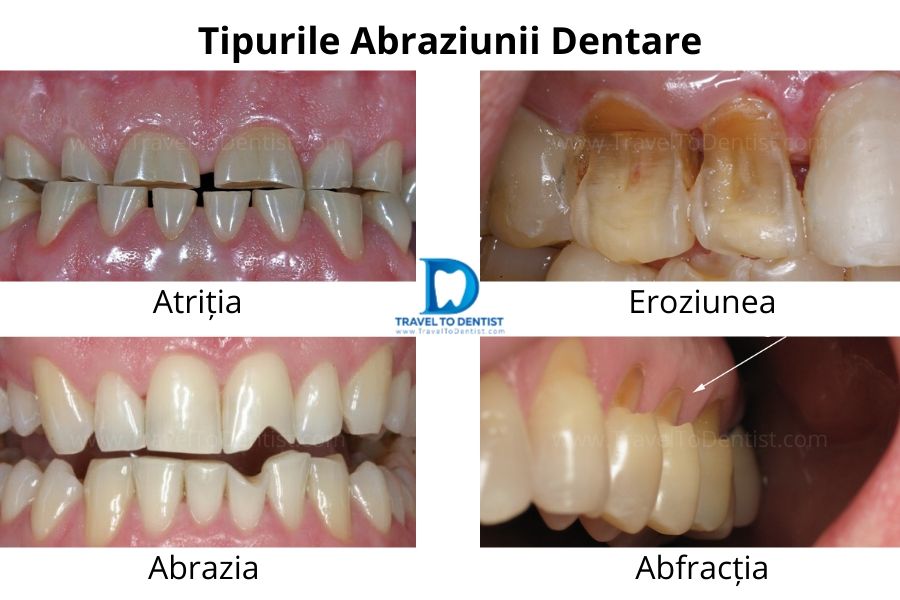


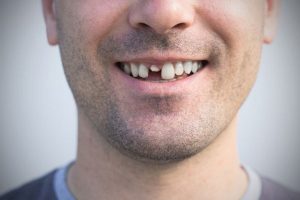
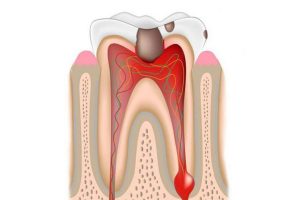
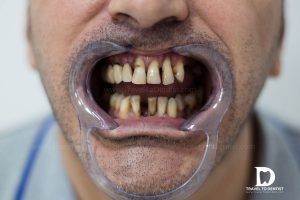
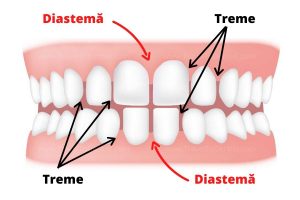





Spelling error report
The following text will be sent to our editors: